The offering of votive paper offerings is an indispensable ritual during Tet of Vietnamese families, meaning to send the ancestors to the underworld, showing respect and gratitude to the ancestors who always protect and bless their descendants.
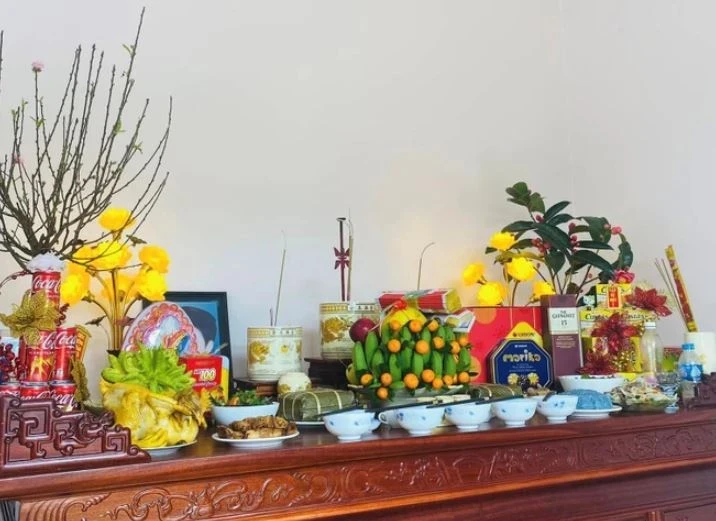
According to Vietnamese customs from ancient times, on the 30th of Tet, families will hold a year-end ceremony to mark the end of the old year and prepare to welcome the New Year.
During the New Year's Eve ceremony, the homeowner will pray to invite the spirits of ancestors, grandparents and deceased relatives to celebrate Tet with their descendants. Folk beliefs believe that although ancestors have passed away, their souls still protect and bless their descendants with good health and prosperity.
During Tet, ancestors and grandparents also gather with their children and grandchildren, so during Tet, the family altar is always warm with incense and candles and full of offerings. Every day, children and grandchildren prepare thoughtful meals to offer to their ancestors.
And so on until the 3rd or 7th day of the Lunar New Year, when the Spring Festival is over, the descendants prepare to send their ancestors back to the underworld. This ritual is called the burning of votive papers ceremony, to offer travel expenses and supplies for their ancestors and grandparents to return to the distant world.
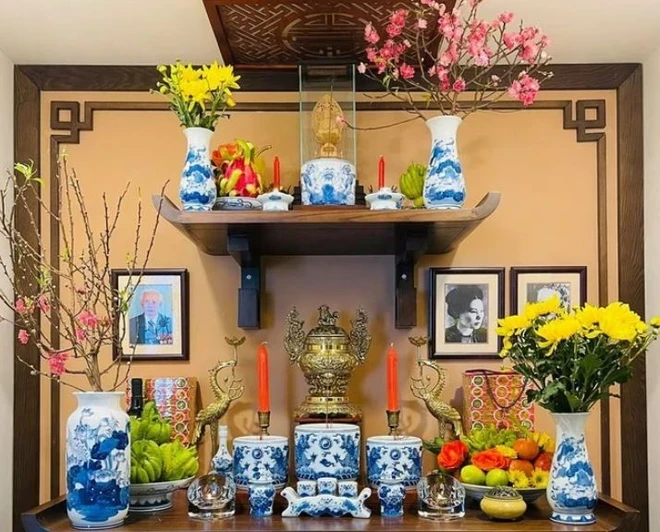
Performing the ritual of burning votive paper money must include a ceremony to thank ancestors, family gods, saints and Buddha. The ancients believed that only by performing a ceremony to thank can the homeowner's heart be witnessed by the dead.
To perform the votive paper burning ceremony, in addition to the offerings displayed on the altar during the 3 days of Tet (fruit tray, candy, etc.), the homeowner will prepare paper clothes, money offerings, votive paper for the family gods and ancestors, candles, betel and areca nuts, wine; a vase of colorful fresh flowers symbolizing a prosperous New Year; 2 sugarcanes (for the elders to use as walking sticks or carry offerings according to ancient beliefs) and a tray of offerings.
Because the day of burning votive papers is extremely important to Vietnamese people, the offering tray is also very complete like the main tray of food on Tet holiday.
Depending on the conditions of each family, the offering tray for burning votive papers can be a savory or vegetarian dish. If it is a savory dish, it cannot lack a plate of rooster meat, a bowl of soup, a plate of stir-fried meat, ham, or fried spring rolls, banh chung, pickled onions...
Many fastidious homeowners will prepare an additional dish of carp cooked with fermented rice. According to folk beliefs, carp is a fish that can overcome the Dragon Gate and become a dragon. Offering carp at the beginning of the year will bring luck and prosperity to the homeowner.
After setting up the offering tray, the homeowner lights incense and reverently recites the prayer for the burning of votive paper. When the incense has burned out, the homeowner clasps his hands and bows three times to ask for permission from his ancestors to burn the votive paper, then proceeds to offer the offerings to the household gods first and then to the offerings to the ancestors.
When burning votive paper, burn the money first, then items such as clothes, hats, shoes, etc. will burn later. If someone in the family has just passed away, this portion of votive paper must be burned last.
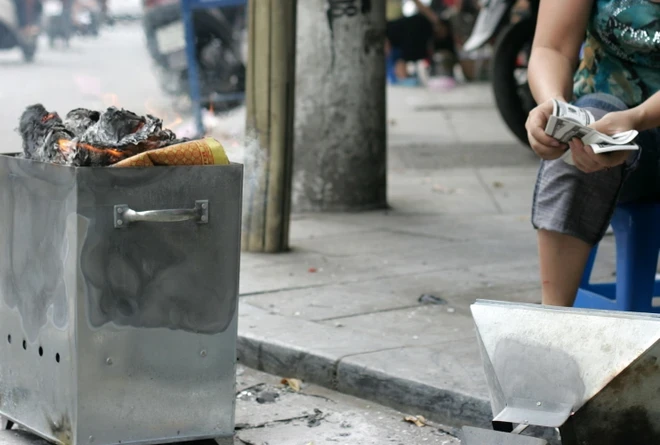
While burning, one must be careful to let the votive paper burn completely but not use a stick to tear it. When the votive paper and petition have burned completely, the homeowner sprinkles a little wine on it, because the old belief is that only then will the ancestors receive the offerings when they reach the underworld.
Some careful families will bring two sugar canes to heat up the newly burned gold money, implying that they will use the stick or shoulder pole for the ancestors to carry the money and gold to the underworld.
After burning votive paper, all the children and grandchildren gather around the freshly prepared food tray, enjoy the blessings together, have a friendly meal, ending the happy and warm Tet holiday and returning to their daily routine with good hopes for the New Year.
It can be said that the custom of worshipping and welcoming ancestors during Tet is a beautiful feature in the spiritual culture of Vietnamese people, demonstrating the morality of "When drinking water, remember its source," promoting filial piety and gratitude to one's roots.
For generations, that cultural trait has been deeply imprinted in the subconscious of every Vietnamese person, strengthening the relationship between family members, connecting generations and becoming a national belief./.
According to https://www.vietnamplus.vn/le-hoa-vang-ngay-tet-net-dep-trong-van-hoa-tam-linh-cua-nguoi-viet-post925579.vnp
Source








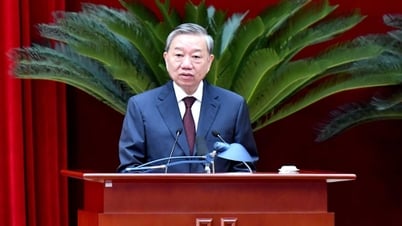





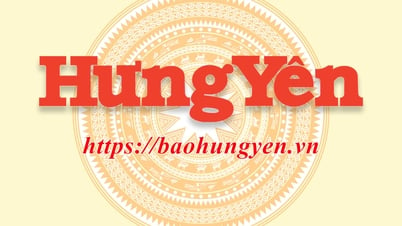





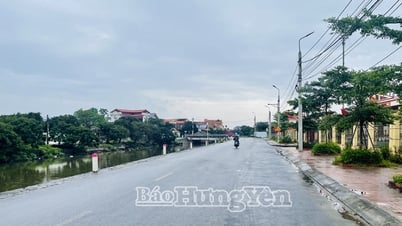





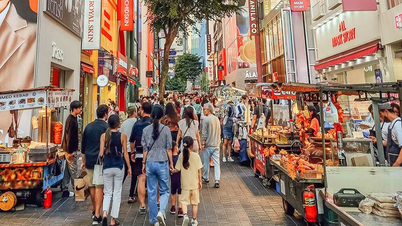

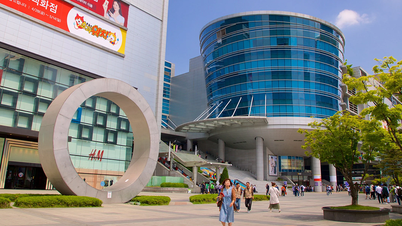


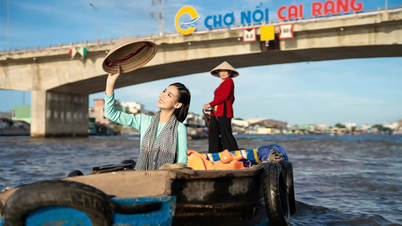



















































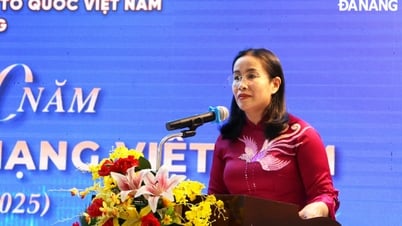
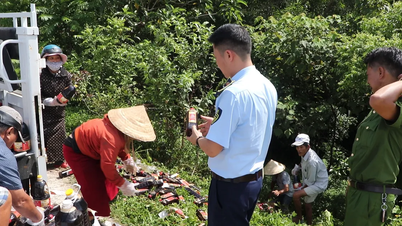




















Comment (0)